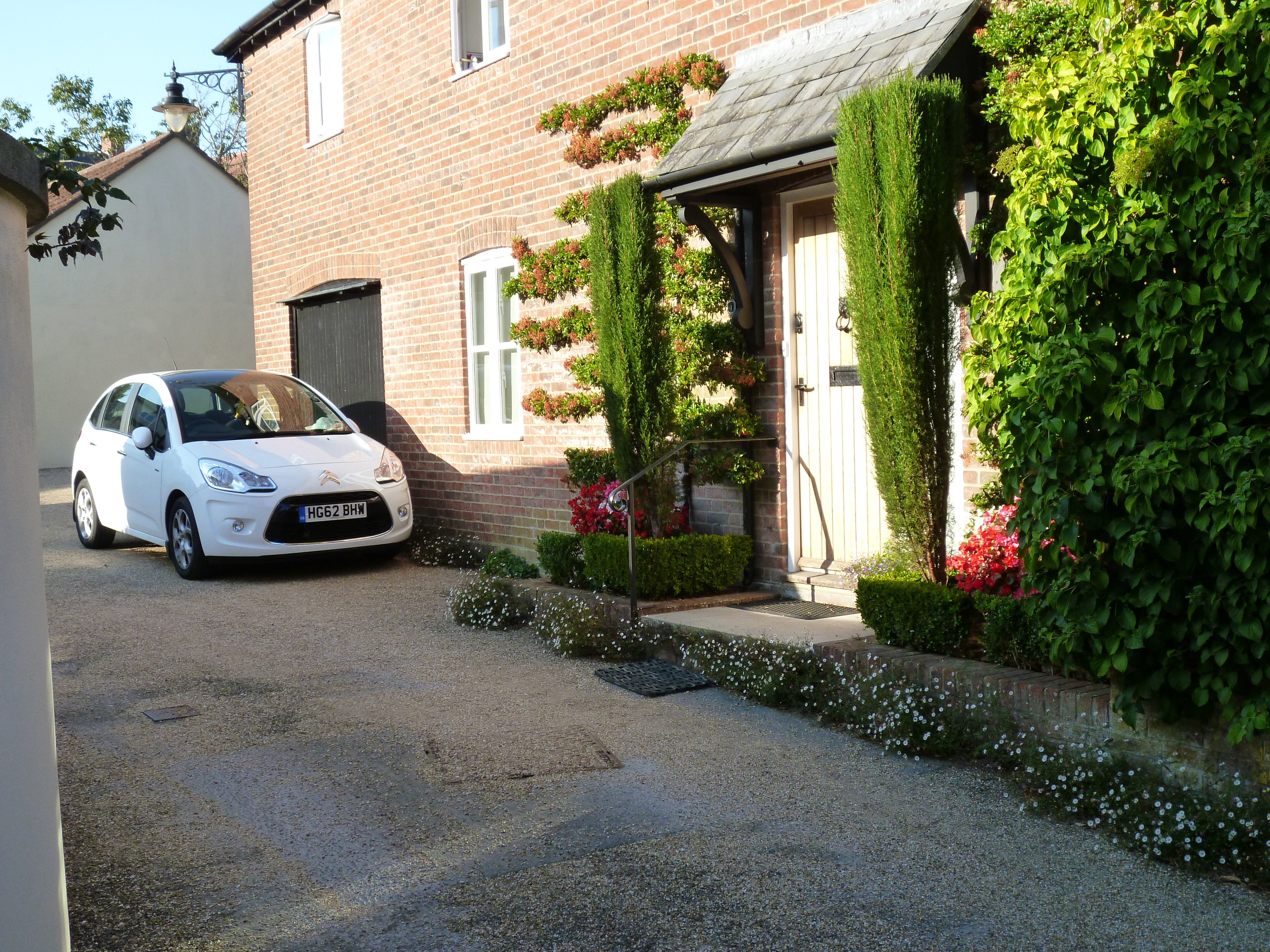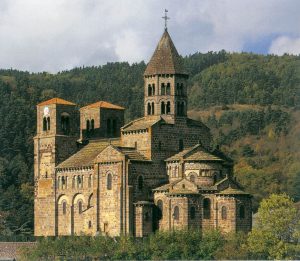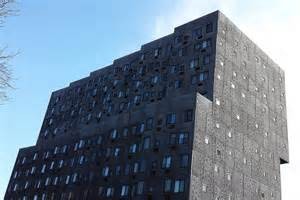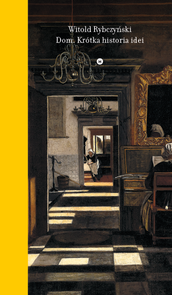MISPRINT
A breathless article in the New York Times writes: “Mr. Hernández and his family are moving to a new home on the outskirts of Nacajuca, Mexico: a sleek, 500-square-foot building with two bedrooms, a finished kitchen and bath, and indoor plumbing. What’s most unusual about the home is that it was made with an 11-foot-tall three-dimensional printer.” Housing crisis? No problem, high tech comes to the rescue! The report is rather sparse on details, but as far as I can make out, the 3D printer spits out the walls and partitions using “Lavacrete,” a concrete-like material.




 I recently watched an interesting
I recently watched an interesting 

